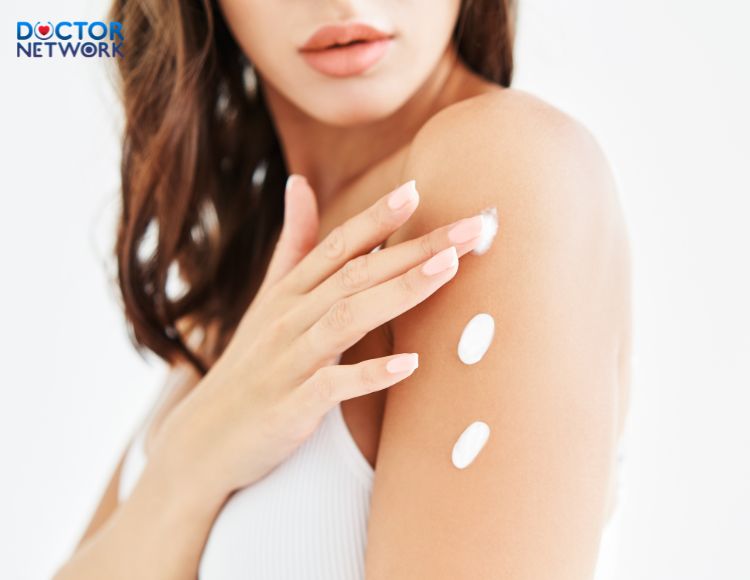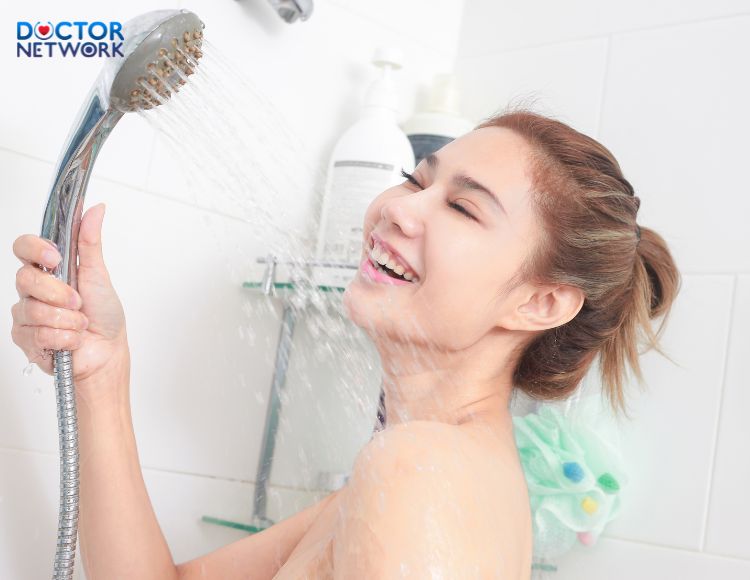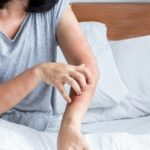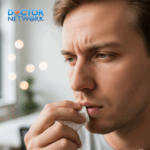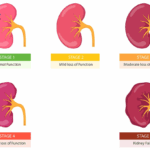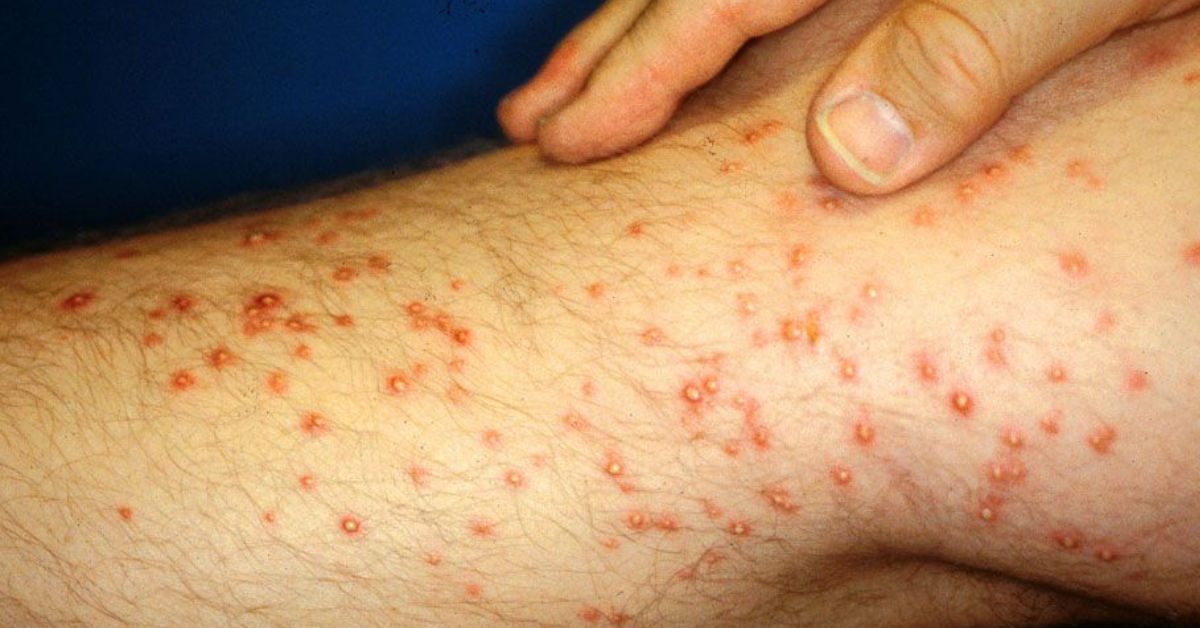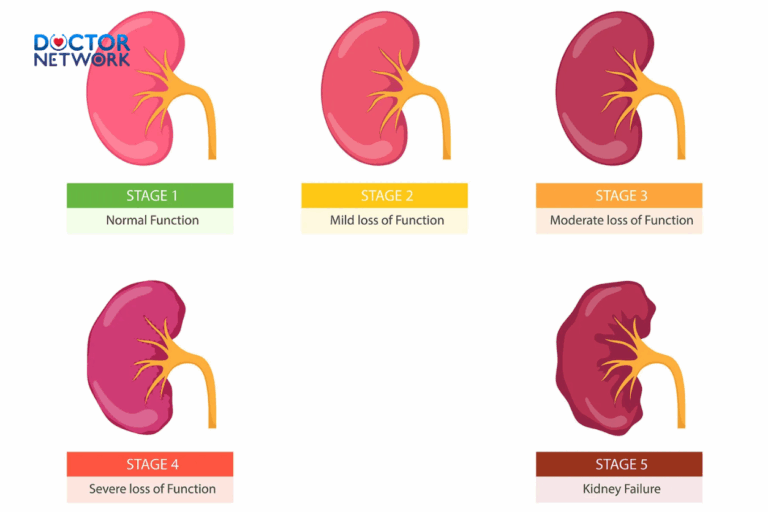Tinea versicolor, a common fungal skin infection, affects millions worldwide. This guide offers effective home remedies and over-the-counter treatments to combat this pesky condition. We’ll explore “how to treat tinea versicolor at home“, symptoms, and prevention strategies for tinea versicolor, equipping you with the knowledge to tackle it head-on.
Understanding Tinea Versicolor
What is Tinea Versicolor?
Tinea versicolor, also known as pityriasis versicolor, is a superficial fungal infection caused by an overgrowth of yeast on the skin’s surface. This harmless yet bothersome condition manifests as discolored patches on the skin, often on the chest, back, and shoulders.
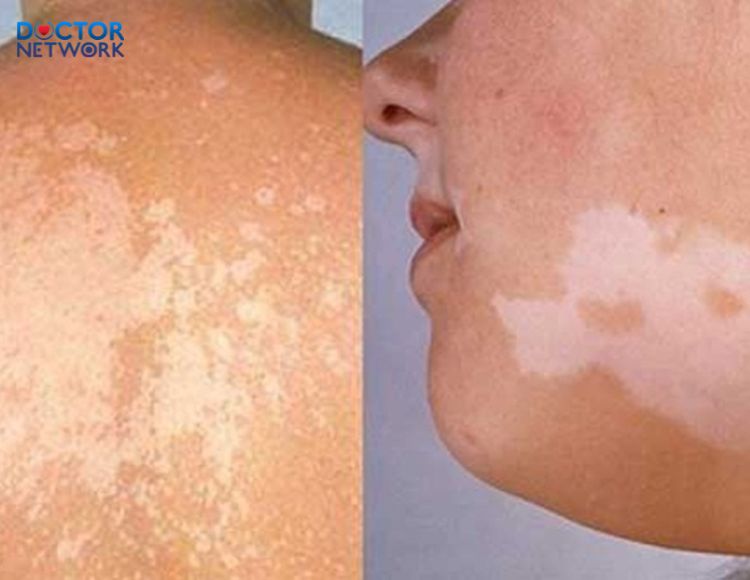
Pityriasis versicolor, also known as Malassezia yeast, is a type of dermatitis caused by a fungus
Causes of Tinea Versicolor
The primary culprit behind tinea versicolor is the yeast Malassezia, which naturally resides on human skin. Factors that promote its overgrowth include:
- Warm, humid climates
- Excessive sweating
- Oily skin
- Hormonal changes
- Weakened immune system
Symptoms of Tinea Versicolor
Recognizing tinea versicolor is crucial for timely treatment. Key symptoms include:
- Discolored patches (lighter or darker than surrounding skin)
- Mild itching or scaling
- Patches that don’t tan like the rest of the skin
- Slight redness or inflammation
Who is at Risk for Tinea Versicolor?
While tinea versicolor can affect anyone, certain groups face higher risks:
- Teenagers and young adults
- People living in tropical or subtropical climates
- Those with compromised immune systems
- Individuals who sweat excessively
Diagnosing Tinea Versicolor
When to See a Doctor
Consult a dermatologist if you notice persistent, spreading discolored patches on your skin, especially if accompanied by itching or scaling.
Diagnostic Tests
Dermatologists typically diagnose tinea versicolor through:
- Visual examination
- Wood’s lamp examination (ultraviolet light)
- Skin scraping and microscopic analysis
Tinea Versicolor Treatment Options
Over-the-Counter Treatments
Effective OTC options include:
| Treatment | Active Ingredient | Usage |
|---|---|---|
| Selsun Blue | Selenium sulfide | Apply as a lotion or use as a body wash |
| Nizoral A-D | Ketoconazole | Use as a shampoo or body wash |
| Zeasorb-AF | Miconazole nitrate | Apply powder to affected areas |
Prescription Medications
For severe cases, doctors may prescribe:
- Oral antifungals (e.g., fluconazole)
- Stronger topical treatments (e.g., ketoconazole cream)
Home Remedies for Tinea Versicolor
Natural solutions can complement medical treatments:
- Tea tree oil
- Apple cider vinegar
- Coconut oil
- Garlic paste
- Turmeric paste
Home Remedies for Tinea Versicolor
Tea Tree Oil
This powerful antifungal agent effectively combats Malassezia. Mix a few drops with a carrier oil and apply to affected areas twice daily.
Baking Soda Paste
Create a paste by mixing baking soda with water. Apply to affected areas, leave for 10 minutes, then rinse. This helps balance skin pH and reduce fungal growth.
Apple Cider Vinegar
ACV’s acidity creates an inhospitable environment for yeast. Mix equal parts ACV and water, apply with a cotton ball, and rinse after 15 minutes.
Other Natural Remedies
- Garlic paste: Apply crushed garlic mixed with olive oil for its potent antifungal properties.
- Turmeric paste: Mix turmeric powder with water or coconut oil for its anti-inflammatory benefits.
Preventing Tinea Versicolor
Maintaining Good Hygiene
Keep skin clean and dry. Use antifungal body washes regularly, especially in humid conditions or after sweating.
Use creams containing ketoconazole, miconazole, or clotrimazole
Using Antifungal Products
Incorporate antifungal shampoos or body washes into your routine, especially during warm months:
| Product | Frequency | Best For |
|---|---|---|
| Selenium sulfide shampoo | Once a week | Prevention |
| Ketoconazole body wash | Twice a week | Active outbreaks |
| Miconazole powder | Daily | High-risk areas |
Avoiding Triggers
Minimize factors that promote yeast growth:
- Wear breathable, moisture-wicking fabrics
- Avoid excessive sun exposure
- Manage stress levels
- Maintain a balanced diet rich in probiotics
Cleanse skin daily with a gentle, pH-balanced shower gel
When to Seek Medical Attention
Symptoms That Warrant a Doctor’s Visit
Consult a dermatologist if:
- Home treatments fail after 2-4 weeks
- Patches spread rapidly or become painful
- You experience severe itching or inflammation
- Discoloration persists after treatment
Complications of Tinea Versicolor
While rare, potential complications include:
- Emotional distress due to skin appearance
- Secondary bacterial infections from excessive scratching
- Recurrent infections despite treatment
Frequently Asked Questions about Tinea Versicolor
Is Tinea Versicolor contagious?
No, tinea versicolor is not contagious. It results from an overgrowth of yeast naturally present on the skin.
How long does it take to treat Tinea Versicolor?
Treatment duration varies, but most cases improve within 1-2 weeks. Complete skin color normalization may take several months.
Can Tinea Versicolor come back?
Yes, recurrence is common, especially in warm, humid climates. Regular preventive measures are crucial.
Is Tinea Versicolor dangerous?
Tinea versicolor is not dangerous but can cause cosmetic concerns and mild discomfort.
What are the side effects of Tinea Versicolor treatments?
Most treatments have minimal side effects. Some may cause temporary skin dryness or irritation. Oral medications may have systemic side effects, so consult your doctor.
Conclusion
Summary of Key Points
Tinea versicolor, while bothersome, is a treatable condition. Home remedies and OTC treatments often suffice, but persistent cases may require medical intervention. Prevention is key to managing this common fungal infection.
When to Consult a Dermatologist
If symptoms persist or worsen despite home treatment, seek professional help. A dermatologist can provide targeted treatments and long-term management strategies for stubborn cases of tinea versicolor.
Remember, while tinea versicolor can be frustrating, with patience and consistent care, you can effectively manage this condition and maintain healthy, clear skin.
5 Common Questions About how to treat tinea versicolor at home
What are the most effective over-the-counter treatments for tinea versicolor?
The most effective over-the-counter (OTC) treatments for tinea versicolor contain antifungal ingredients that target the Malassezia yeast responsible for the condition. Top choices include:
- Selenium sulfide (found in Selsun Blue): Apply as a lotion or use as a body wash, leaving it on the skin for 10 minutes before rinsing.
- Ketoconazole (found in Nizoral A-D): Use as a shampoo or body wash, applying to affected areas and leaving for 5 minutes before rinsing.
- Clotrimazole or Miconazole (found in various antifungal creams): Apply directly to affected areas twice daily for 2-4 weeks.
These treatments are effective because they directly combat the fungal overgrowth causing tinea versicolor.
How long does it take for home remedies to clear up tinea versicolor?
The time it takes for home remedies to clear up tinea versicolor can vary depending on the severity of the condition and the consistency of treatment. Generally:
- OTC antifungal treatments may show improvement within 1-2 weeks of consistent use.
- Natural remedies like tea tree oil or apple cider vinegar may take 2-4 weeks to show significant results.
- Complete clearing of skin discoloration may take several months, even after the fungus is eliminated.
It’s important to note that while the fungal infection may clear up relatively quickly, the skin discoloration (hypopigmentation or hyperpigmentation) caused by tinea versicolor often takes longer to resolve as the skin needs time to return to its normal color.
Can diet changes help in treating tinea versicolor at home?
While diet changes alone are not a primary treatment for tinea versicolor, certain dietary adjustments may support overall skin health and potentially help manage the condition:
- Reduce sugar intake: Malassezia yeast thrives on sugar, so limiting sugary foods may help control its growth.
- Increase probiotic-rich foods: Yogurt, kefir, and other fermented foods can support a healthy balance of skin microbiota.
- Consume foods rich in antifungal properties: Garlic, coconut oil, and oregano have natural antifungal properties that may help combat yeast overgrowth.
- Stay hydrated: Proper hydration supports overall skin health.
Remember, these dietary changes should complement, not replace, topical treatments for tinea versicolor.
Are there any home remedies for tinea versicolor that can provide immediate relief from itching?
While complete treatment takes time, some home remedies can provide quick relief from the itching associated with tinea versicolor:
- Aloe vera gel: Apply pure aloe vera gel to affected areas for its soothing and anti-inflammatory properties.
- Colloidal oatmeal bath: Soak in a lukewarm bath with colloidal oatmeal to relieve itching and soothe the skin.
- Cool compress: Apply a cool, damp cloth to itchy areas for immediate relief.
- Tea tree oil diluted in carrier oil: Mix a few drops of tea tree oil with coconut oil and apply to affected areas for its antifungal and soothing effects.
While these remedies can provide temporary relief, they should be used alongside treatments that address the underlying fungal infection.
How can I prevent tinea versicolor from recurring after home treatment?
Preventing recurrence of tinea versicolor after successful home treatment involves several strategies:
- Maintenance therapy: Use an antifungal shampoo (like selenium sulfide or ketoconazole) once or twice a month, especially during warm, humid seasons.
- Keep skin dry: Use moisture-wicking fabrics and dry off completely after sweating or swimming.
- Avoid excessive sun exposure: UV rays can trigger Malassezia overgrowth and make discoloration more noticeable.
- Use antifungal powders: Apply in areas prone to sweating, like the chest and back.
- Manage underlying conditions: Control factors that may contribute to yeast overgrowth, such as hormonal imbalances or a weakened immune system.
Remember, tinea versicolor has a high recurrence rate, so consistent preventive measures are key to long-term management.
Scientific evidence
- “Efficacy and safety of sertaconazole cream vs. miconazole cream in the treatment of tinea versicolor” – study by Sharma A. et al., published in the journal Mycoses in 2011.
- “Treatment of pityriasis versicolor with topical application of essential oil of Cymbopogon citratus (DC) Stapf – therapeutic pilot study” – study by Carmo E.S. et al., published in Anais Brasileiros de Dermatologia in 2013.
- “Comparison of efficacy, safety and cost-effectiveness of clotrimazole 1% cream and sertaconazole 2% cream in patients with pityriasis versicolor” – study by Suchonwanit P. et al., published in the Journal of the Medical Association of Thailand in 2015.
The above article has provided information on “how to treat tinea versicolor at home” and related knowledge. Hope the article will be useful to you.
References:
Understanding Tinea Versicolor: Symptoms, Causes, and Treatmentmetropolisindia·1
Everything You Need to Know About Tinea Versicolor & Tinea Versicolor …skinandcancerinstitute·2
Kiểm Duyệt Nội Dung
More than 10 years of marketing communications experience in the medical and health field.
Successfully deployed marketing communication activities, content development and social networking channels for hospital partners, clinics, doctors and medical professionals across the country.
More than 6 years of experience in organizing and producing leading prestigious medical programs in Vietnam, in collaboration with Ho Chi Minh City Television (HTV). Typical programs include Nhật Ký Blouse Trắng, Bác Sĩ Nói Gì, Alo Bác Sĩ Nghe, Nhật Ký Hạnh Phúc, Vui Khỏe Cùng Con, Bác Sỹ Mẹ, v.v.
Comprehensive cooperation with hundreds of hospitals and clinics, thousands of doctors and medical experts to join hands in building a medical content and service platform on the Doctor Network application.





